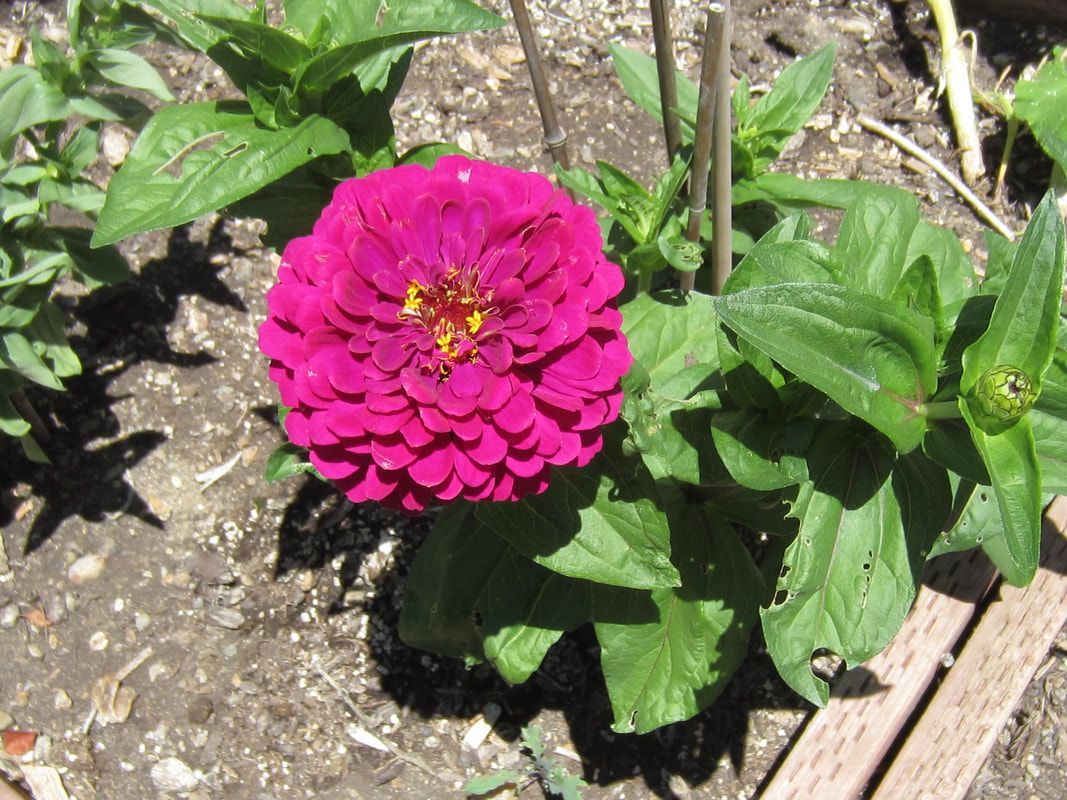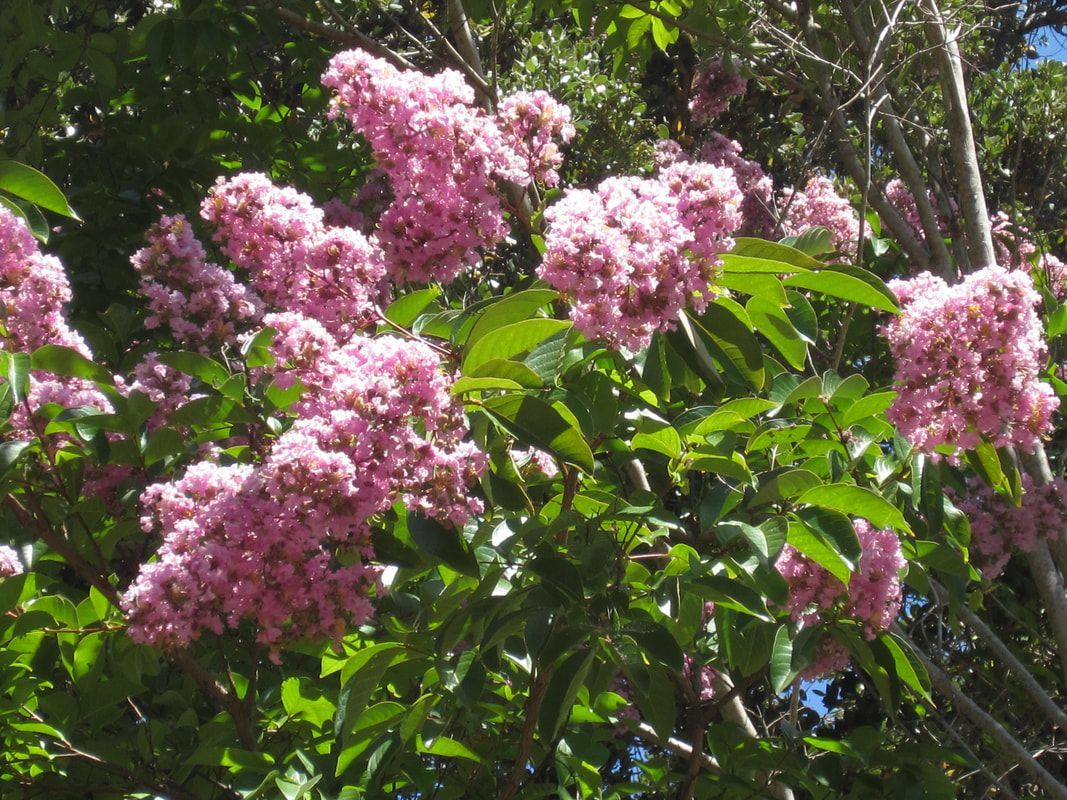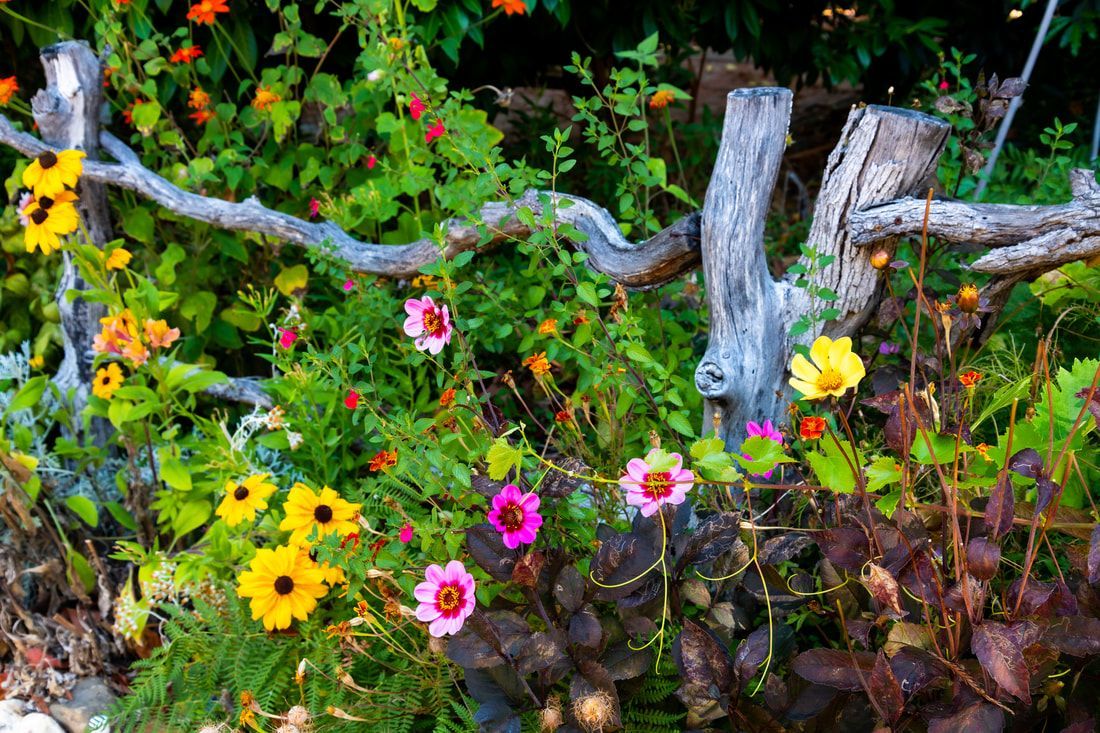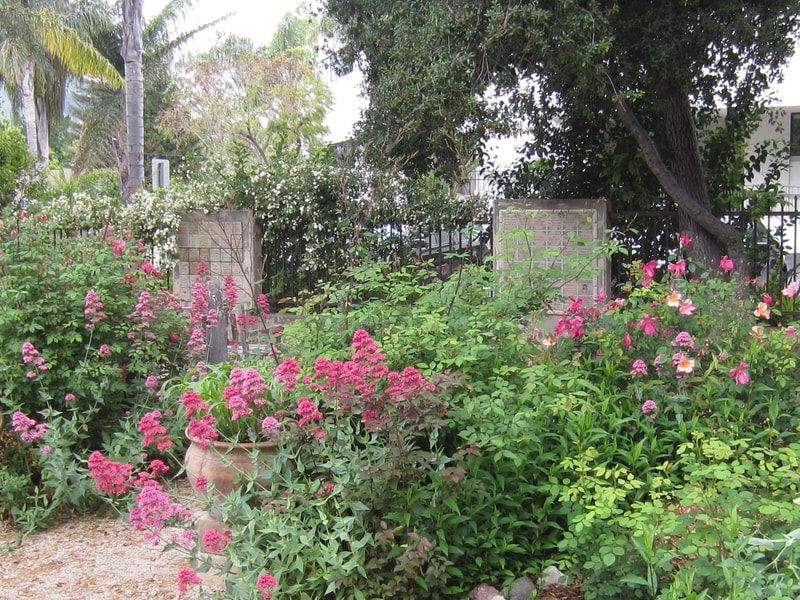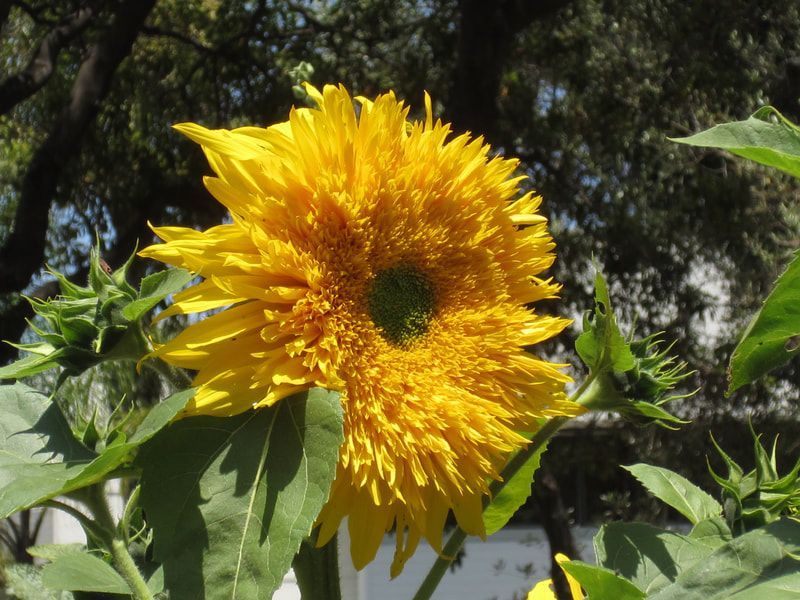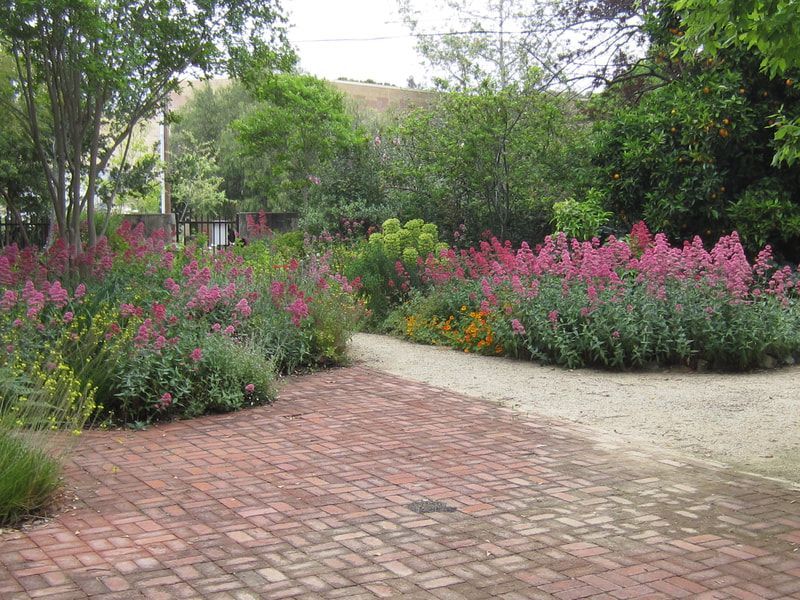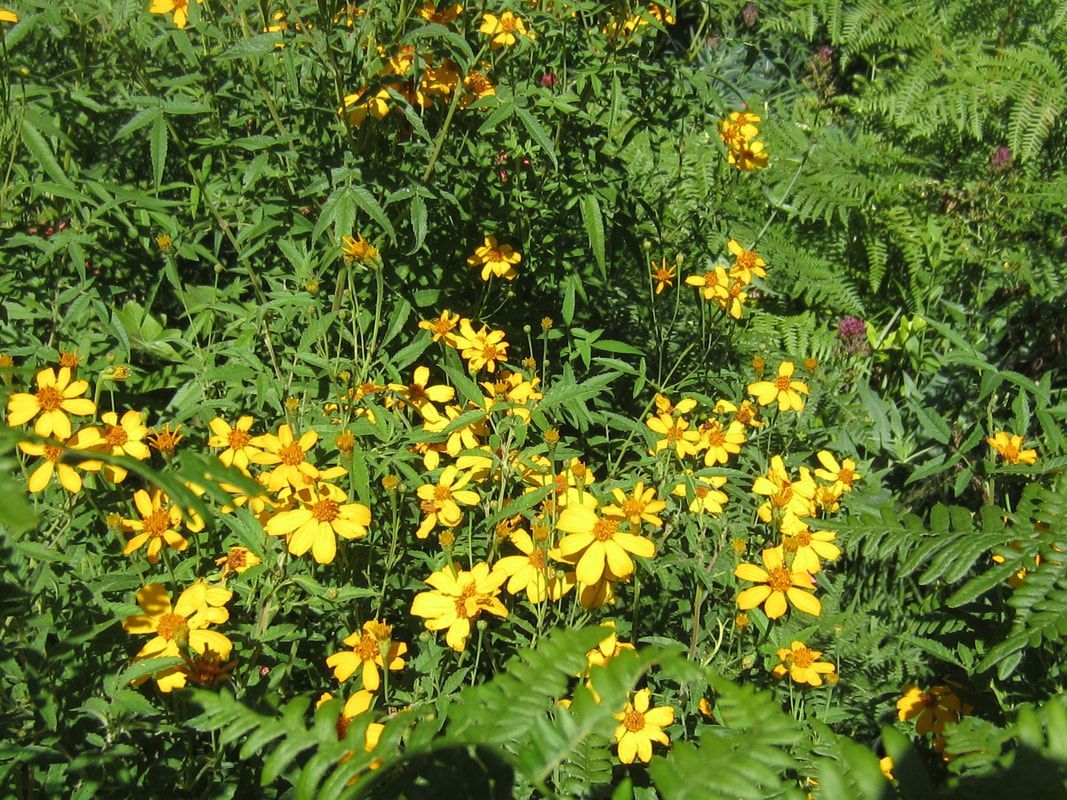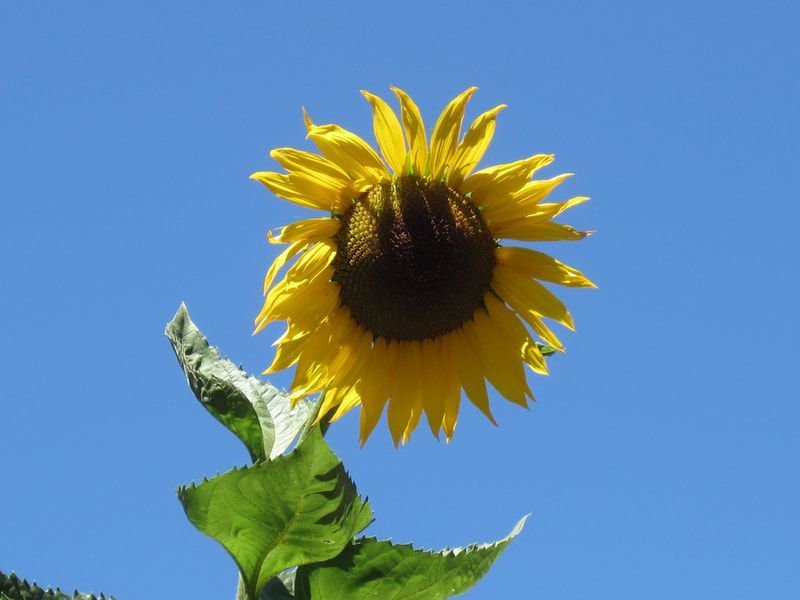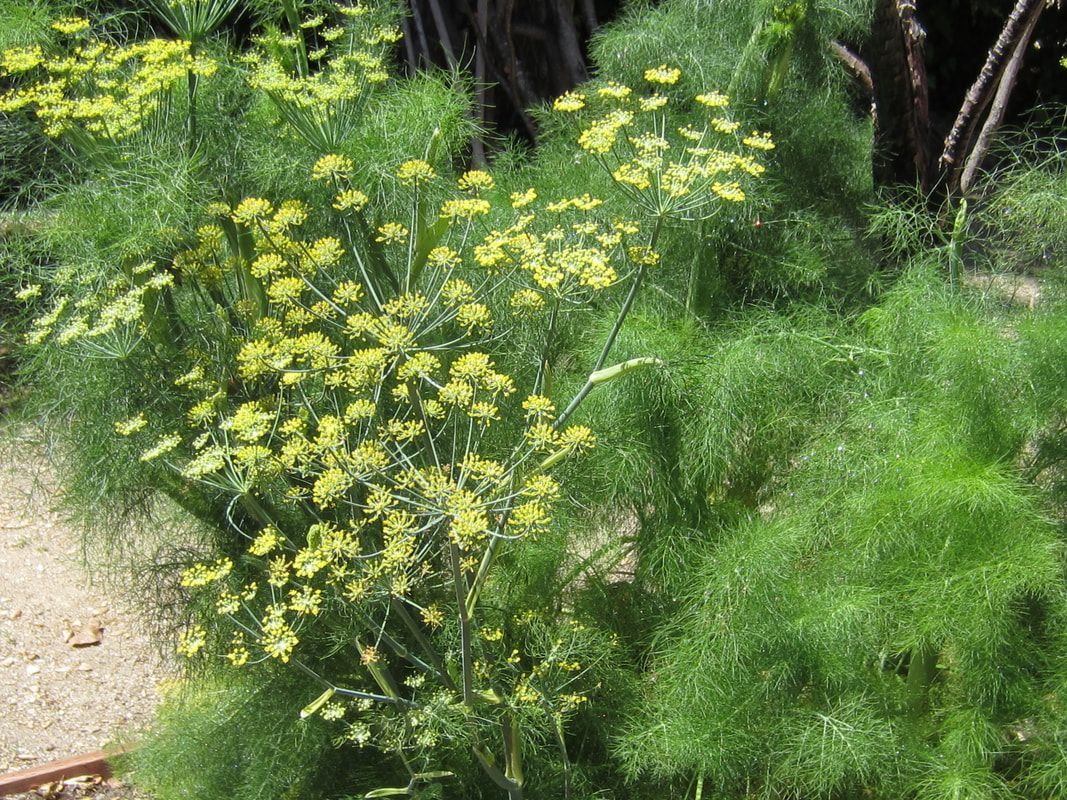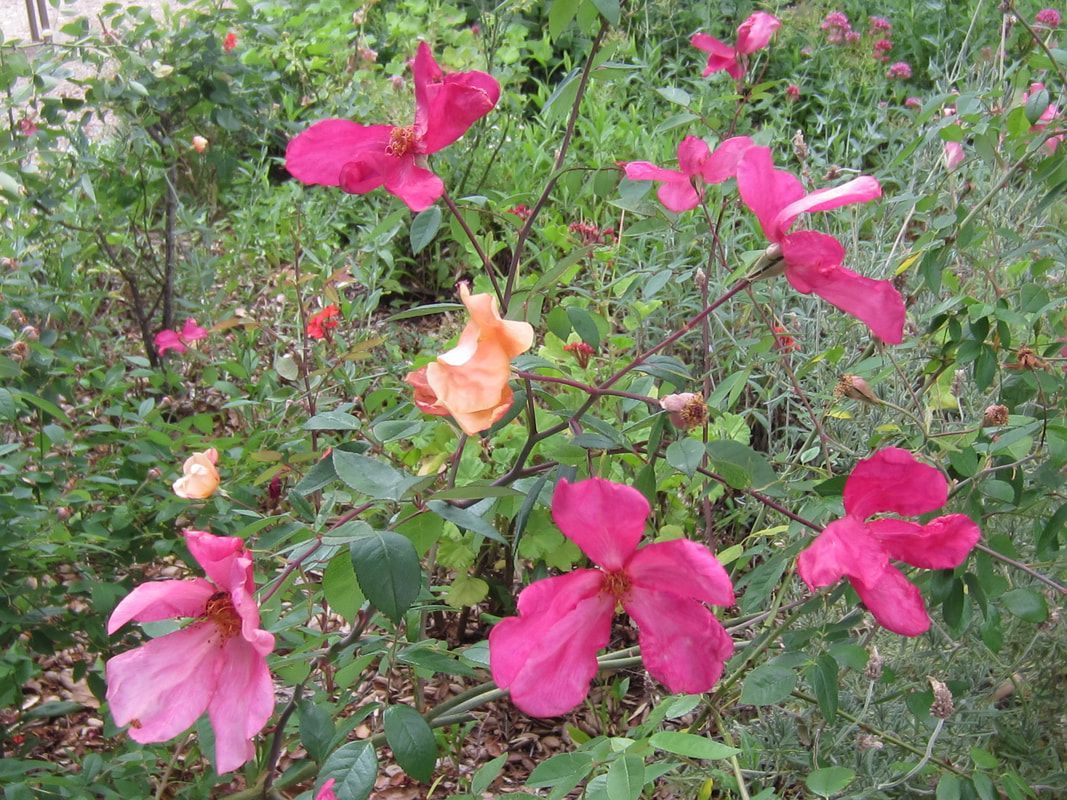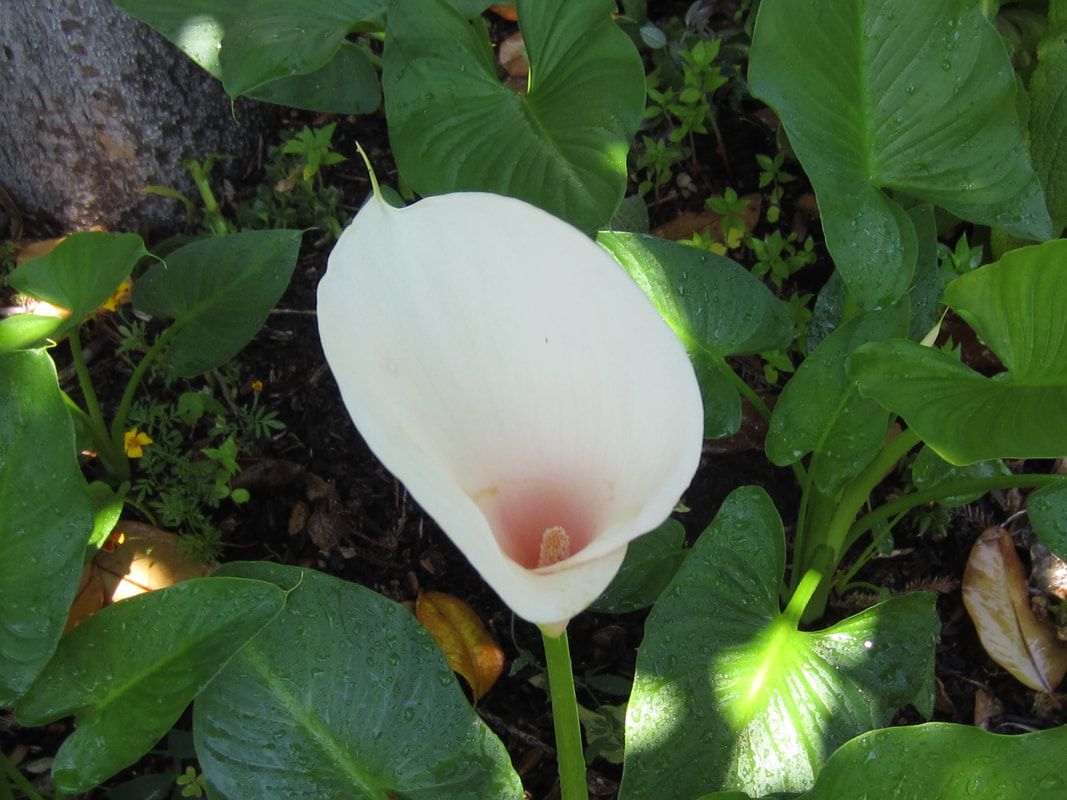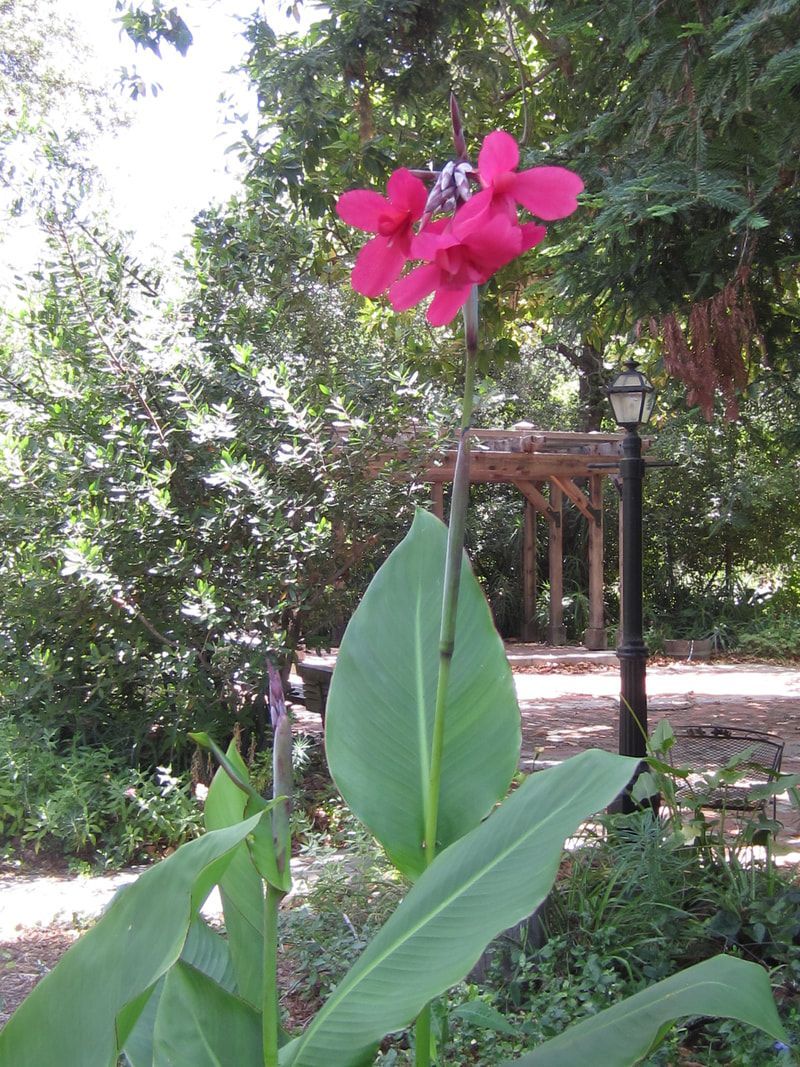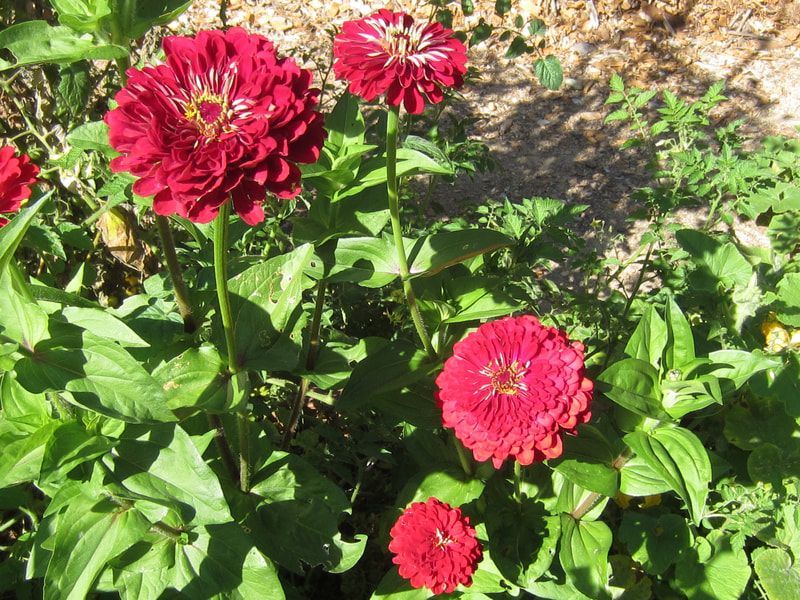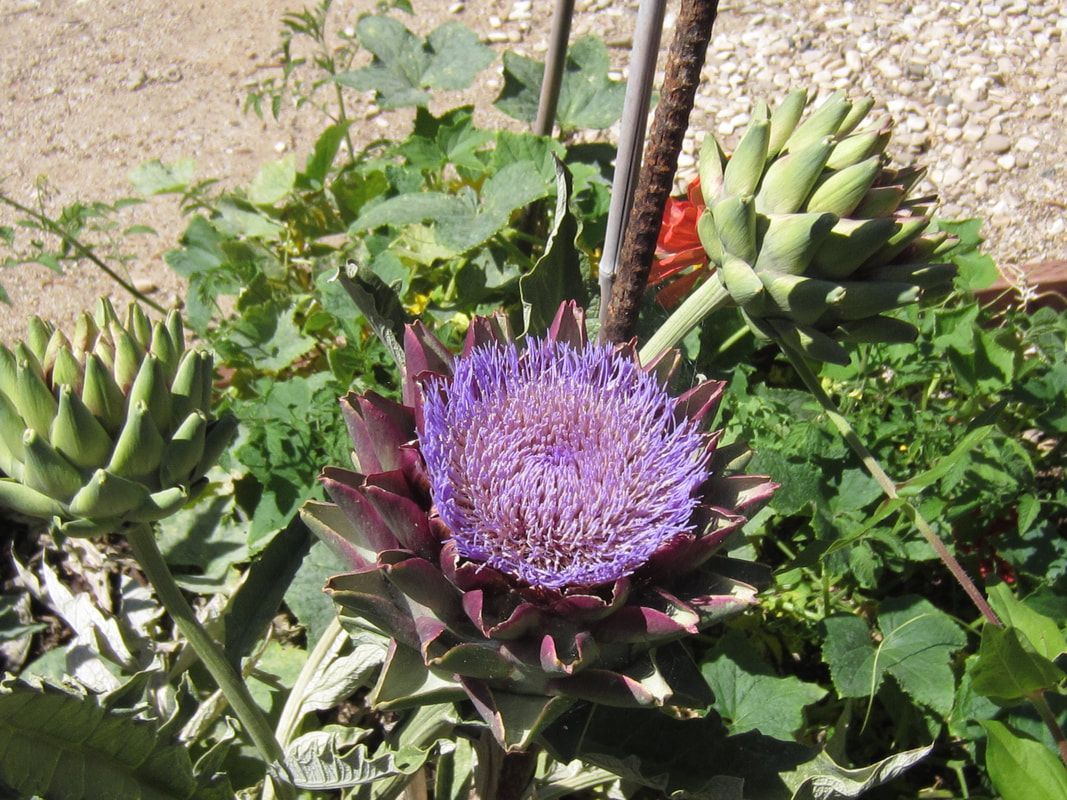Dallidet Adobe & Gardens
Dallidet Adobe, State Historical Landmark #720, is unique among adobes on the Central Coast of California. It has had only two owners. Built in the 1850s by Pierre Hypolite Dallidet, it was home to Pierre, wife Ascencion Concepcion Salazar and family for over 100 years. In 1953, youngest son Paul Dallidet deeded the property to the San Luis Obispo County Historical Society, now known as the History Center of San Luis Obispo County.
The gardens are open on Saturdays and Sundays from April through October. Please check the calendar to make sure we aren't closed for a private rental.
Visit the Dallidet Gardens


Wedding or Event Rental
Weddings, receptions, and other special events held on the historic property of the Dallidet Adobe and Gardens are truly unique. Rustic paths and brick walkways wind their way through more than an acre of lush gardens - a rich and historic tapestry of ever-changing beauty.
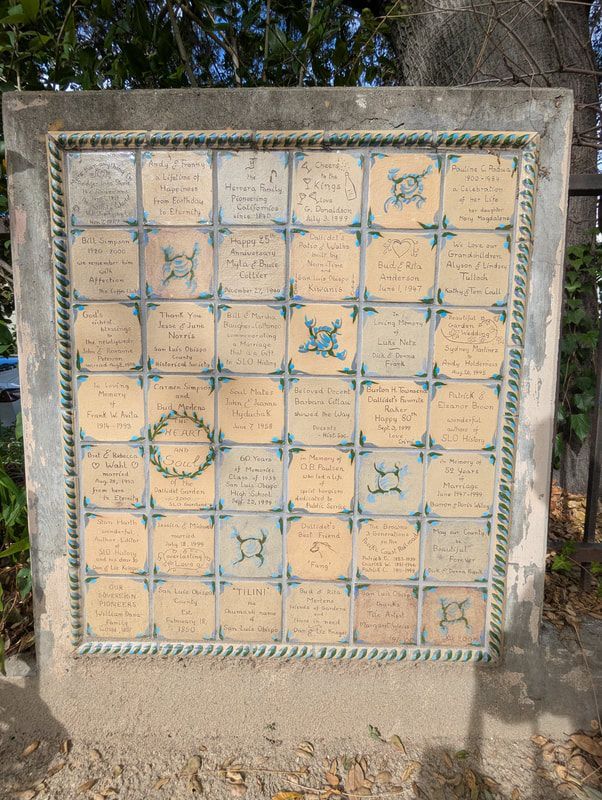
Memorial Tiles
We recognize the wish to leave a lasting mark on a place that holds significant milestones. That's why we proudly offer our memorial tile program. Each 6-inch tile mounted on the garden walls serves as a lasting tribute to the individuals and landmark events that occurred there.

About the Dallidet Family
Pierre Hypolite Dallidet was born in 1823 in southwest France. He enlisted in the French Army in 1843 and served in Tahiti before traveling to San Francisco to seek his fortune in the goldfields in 1850.
Hold Your Next Event at the Dallidet
Weddings, receptions and other special events held on the historic property of the Dallidet Adobe and Gardens are truly unique. Rustic paths and brick walkways wind their way through more than an acre of lush gardens – a historic and rich tapestry of ever changing beauty. Small secluded niches invite guests to pause, relax and enjoy the glory of flowering shrubs, colorful flowers, and flitting hummingbirds. Dining is a delight in the shade of towering redwoods, the wide canopy of the avocado tree and a variety of fruit, evergreen and deciduous trees. Many of the trees, shrubs and flowers date back to the original garden of the Dallidet family in the late 1800s. This surprising jewel of a garden, tucked away in the heart of San Luis Obispo, could be the perfect setting for your wedding, birthday, shower, or more.
Call (805) 316-4380 or email
rentals@historycenterslo.org to learn more
Dallidet Calendar of Events
Dallidet Video Tour
We're back with another video tour of the Dallidet Gardens with Dave Hannings.
We're looking forward to reopening this summer starting May 29 and 30!
Walk the grounds with Professor Emeritus Dave Hannings, and learn the secrets of the Dallidet's amazing plant life.
We miss being able to share the Dallidet gardens with the public, so we created this video to give us all a taste of what's going on. If this is a success, we can make more of these videos. And yes, we know, we said March in the video. This was actually recorded on May 14th, 2020.
Dallidet Gardens Photo Gallery
Dallidet Memorial Tiles
The gardens at the Dallidet Adobe are an island of tranquility in the heart of downtown San Luis Obispo. It has been our privilege to be the site of weddings, birthdays, showers, memorials, and more for decades.
During our events, we expect our guests to take only memories and leave the gardens as they find them. But, we understand the desire to leave a tangible mark on the location that hosted such significant milestones in human lives. That is why we are so proud to offer our memorial tile program. Each 6-inch square tile is mounted on the walls surrounding the gardens and will remain as a perpetual acknowledgement of the people and landmark occasions that have taken place there.

















